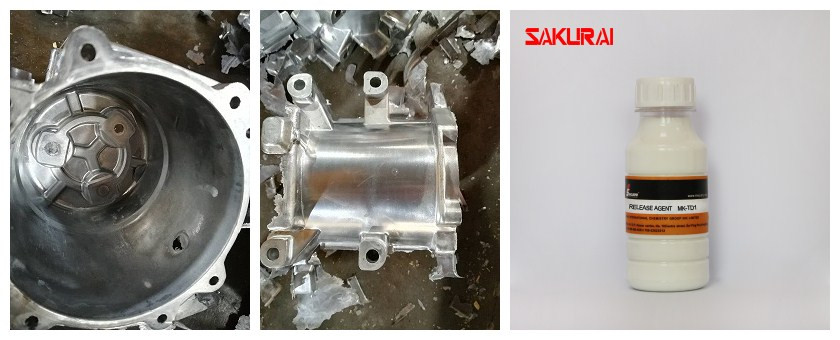Aluminum alloy die Castings in the production processing must be heat treatment, in the heat treatment also has a lot of precautions. The first is to control its heating temperature to the right point, and the second is to ensure that its insulation time is long, can not let it cool too fast.
In dealing with this kind of die castings should also pay attention to keep its size stable, so as to have a good effect.
Digital Electronic Products Annealing treatment will be aluminum alloy castings heated to a higher temperature, generally about 300 ℃, after a certain period of insulation, with the furnace cooling to room temperature process known as annealing.
In the process of annealing, the solid solution breaks down and the second phase particle gathers, which can eliminate the internal stress of the castings, stabilize the casting size, reduce the deformation and increase the plasticity of the castings. The solidification treatment heats the castings to the highest possible temperature, is close to the melting point of the eutectic, maintains a long enough time at that temperature, and then cools quickly, allowing the reinforced elements to dissolve to the maximum extent possible, and this high temperature state is fixed to the room temperature, a process known as solid dissolution treatment. The solid solubility treatment can improve the strength and plasticity of the castings and improve the corrosion resistance of the alloys.
The effect of solid solution treatment mainly depends on the following three factors. Insulation time. The insulation time is determined by the dissolution speed of the reinforced element, depending on the type of alloy, composition, tissue, casting method and casting shape and wall thickness.

Casting aluminum Alloy insulation time is much longer than deformed aluminum alloy, usually determined by the test, the general sand castings than the same type of metal castings to be extended by 20%-25%. Cooling speed. The greater the cooling speed of the castings given during quenching, the higher the saturation of the solid solution from the high temperature state, so that the castings get high mechanical properties, but at the same time the resulting internal stress is larger, so that the casting deformation is also more likely.
The cooling speed can be changed by selecting cooling media with different heat capacity, thermal conductivity, evaporation latent heat and viscosity, and in order to obtain the minimum internal stress, the castings can be cooled in hot media (boiling water, hot oil or molten salt). Solid solubility treatment temperature. The higher the temperature, the faster the hardening element dissolves, the better the reinforcement effect. The upper limit of the general heating temperature is lower than the starting temperature of the alloy, and the lower limit of the heating temperature should make the reinforced elements into the solid solution as much as possible.
In order to obtain the best solidification enhancement effect, and inconvenient alloy over burning, sometimes the use of graded heating method, that is, at low melting point eutectic temperature insulation, so that the diffusion of the group to dissolve, low melting point eutectic does not exist. Then rise to a higher temperature for insulation and quenching. When fixing treatment, we should also pay attention to the heating speed should not be too fast, so as to avoid deformation of aluminum alloy castings and local accumulation of low melting point tissue melting and resulting in burning. The haggard fire transfer time of solid-soluble heat treatment should be as short as possible, and should generally be less than 15s, so as not to reduce the diffusion precipitation of alloy elements and decrease the properties of the alloy.

